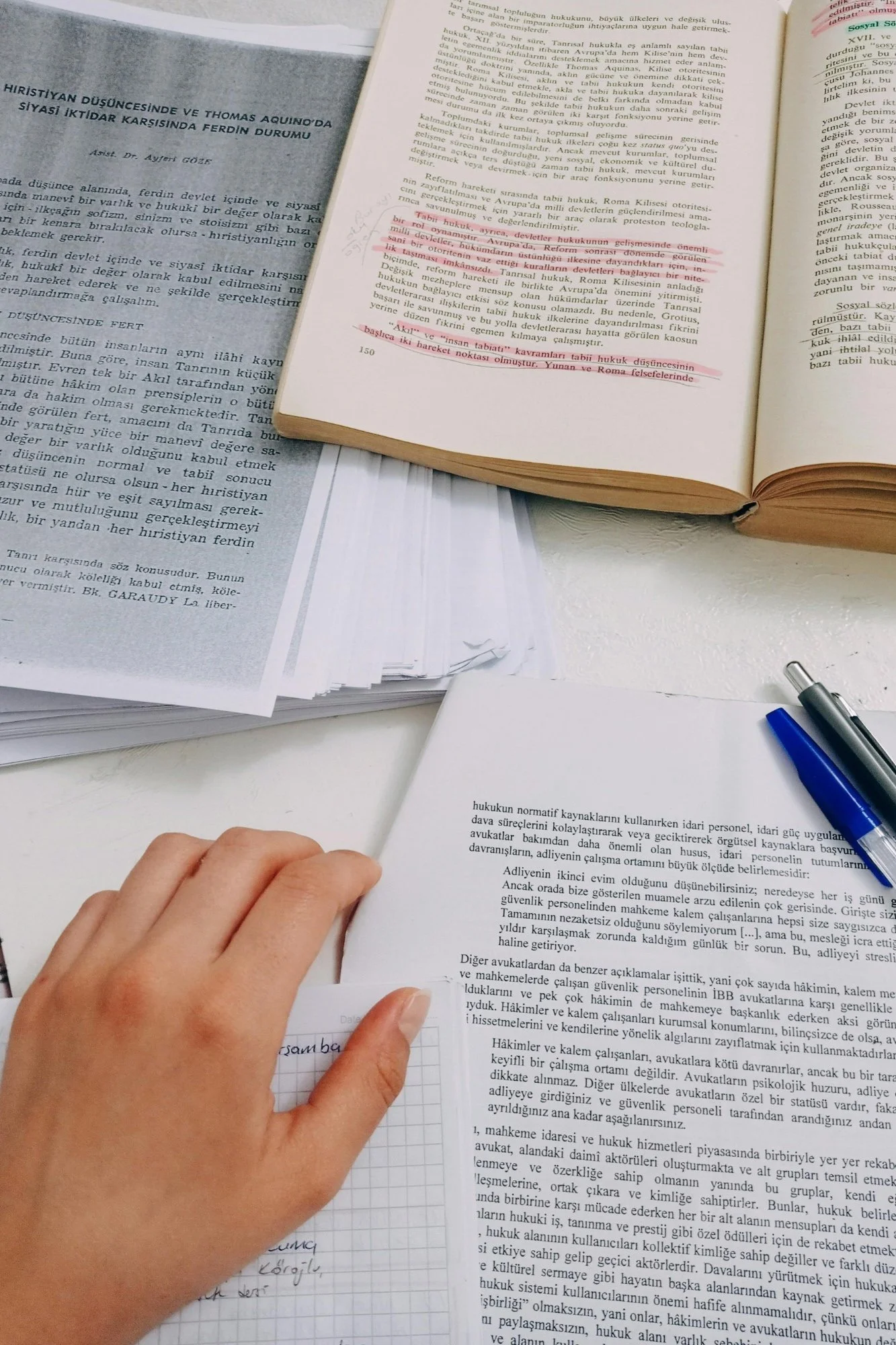Submit Your Work
Who Can Submit (Authors)
Youth Innovation Journal accepts submissions from high school students (ages 13–19) anywhere in the world. You do not need to be affiliated with a specific programme or school.
Co-authorship is allowed. Your mentor, teacher, or adviser may be listed as a co-author, but a high school student must be the first or co-first author.
What We Publish
We accept six types of articles across two tracks:
INNOVATION DOSSIER (Design Proposal)
1,500–3,000 words
A methodical proposal for a novel product, system, or solution. This is your chance to present an idea that doesn't yet exist—but could.
What to include:
Problem definition (who's affected, why it matters)
Related work and design alternatives (what exists, why yours is different)
Your design proposal (architecture, mechanisms, user experience, materials)
Feasibility evidence (calculations, simulations, prototypes, bill of materials)
Ethical and societal impact (potential risks, misuse, benefits)
Path forward (what you'd test or build next)
Best for: Concept-stage inventions with preliminary research and feasibility thinking.
DESIGN/BUILD REPORT
1,500–3,000 words
Document the engineering process behind something you've built. Show us your iterations, challenges, tests, and results.
What to include:
Problem you're solving
Design decisions and trade-offs
Build process and iterations
Testing methodology and results
Lessons learned and future improvements
Best for: Students who've built a working prototype and want to share the engineering journey.
RESEARCH ARTICLE
2,000–4,000 words
Original research with a clear question, methodology, results, and analysis. For formal experiments, studies, or investigations.
What to include:
Research question and hypothesis
Literature review
Methodology (reproducible and detailed)
Results and data analysis
Discussion and limitations
Conclusions and implications
Best for: Students conducting scientific research or data-driven investigations.
METHODS & TUTORIAL
1,000–2,000 words
Share a reusable technique, tool, framework, or process that others can adopt. Teach the community something valuable.
What to include:
Problem or gap the method addresses
Step-by-step explanation
Examples or use cases
Reproducibility details (code, parameters, environment)
Limitations or considerations
Best for: Students who've developed a useful approach others can learn from or build upon.
PERSPECTIVE ESSAY
800–1,500 words
A well-argued viewpoint on technology, innovation, ethics, or the future. Ground your ideas in evidence and make us think differently.
What to include:
Clear thesis or argument
Evidence and examples
Engagement with existing discourse or counterarguments
Implications and conclusions
Best for: Students with a strong point of view on where technology is heading or how it should be used.
PATENT BRIEF (Post-Filing)
1,000–2,000 words
A plain-English summary of your filed patent application, with engineering context and implications.
What to include:
Problem your invention solves
High-level description of the invention (avoid enabling undisclosed claims)
Engineering context (why it works, what makes it novel)
Potential applications and impact
Proof of filing (provisional or non-provisional patent number)
Best for: Students who've filed a patent and want to share their invention with the community.
Two Tracks: Seed vs Validated
SEED TRACK
For concept-stage work with rigorous feasibility analysis. We evaluate:
Clear problem framing and contextual research
Preliminary analysis and feasibility evidence
Methodical approach (calculations, simulations, mockups, market analysis)
Originality and creative problem-solving
Path forward with testable hypotheses
This track requires the same intellectual rigour as validated work—the difference is where you are in the development cycle, not the quality of thinking.
VALIDATED TRACK
For prototypes with testing data, user validation, or experimental results. We're looking for:
Working prototype or completed experiment
Testing methodology and results
User feedback or data analysis
Evidence of impact or performance
Show us what you've proven.
Structure:
Title: Clear and descriptive
Abstract: 150–250 words summarising your work
Keywords: 5–7 terms for discoverability
Main text: Organised with headers, following the structure appropriate to your article type
Figures and tables: High resolution with captions and alt-text
References: IEEE style (or APA for essays—ask if unsure)
Data/Code Availability: Links to GitHub, OSF, Zenodo, or a reproducibility statement
AI Use Statement: Disclose any AI assistance (see below)
Templates:
Download our article templates [here] to ensure correct formatting.
Formatting & Requirements
Important: Publishing your work publicly can jeopardise your ability to patent it later. If your work includes novel inventions or processes:
File a provisional or non-provisional patent BEFORE submitting, or
Request an embargo (we'll delay publication until you file), or
Redact enabling details while preserving evaluable substance
If you're unsure, consult a mentor or patent professional. We provide a [Patent Disclosure Checklist] to help you decide.
Post-filing Patent Briefs are a great way to share patented work with the community after protecting your IP.
Patent & IP Guidance
AI Use & Transparency
We embrace AI as a tool—but transparency is essential.
Allowed:
Grammar and style suggestions
Brainstorming and ideation support
Code generation or debugging assistance
Translation or rephrasing
Required:
Include an AI Use Statement in your manuscript explaining how AI was used
Verify all AI-generated data, analysis, or claims yourself
Ensure reproducibility (don't rely on black-box outputs)
Example:
"We used Claude AI for grammar suggestions and to generate five alternative product names. No text was inserted verbatim. All concepts, analysis, and claims are our own."
Review Process
Timeline: First decision within 4–6 weeks. Publication within 8–12 weeks.
How it works:
Desk review (1 week): We check for scope fit, originality, and basic requirements
Mentor review (3–4 weeks): Your work is reviewed by our editorial team and mentor-reviewers for rigour, clarity, and contribution
Decision: Accept / Minor revisions / Major revisions / Decline
Revisions (if needed): 2–3 weeks to address feedback
Copyediting & publication: Final checks, formatting, and release
We provide constructive, actionable feedback. Our goal is to help you improve your work, not just judge it.
Ethics & Integrity
We expect:
Original work (not plagiarised or previously published elsewhere)
Honest reporting (no fabricated data or misleading claims)
Proper attribution (cite sources, acknowledge contributors)
Human subjects research:
If your work involves surveys, interviews, or user testing, you must have adult oversight and appropriate consent/assent.
We do not accept:
Clinical studies or invasive research
Work that violates privacy, safety, or ethical standards
Redundant publication (submitting the same work to multiple journals)
Ready to Submit?
Before you submit, make sure you have:
Completed manuscript in our template format
Abstract (150–250 words) and keywords (5–7)
Figures with captions and alt-text
References in IEEE style
Data/code links or reproducibility statement
AI Use Statement
Mentor/teacher verification (if co-authoring)
Submit your work: Submission form
Questions? Check our FAQ or email us at submissions@youthinnovationjournal.org.










